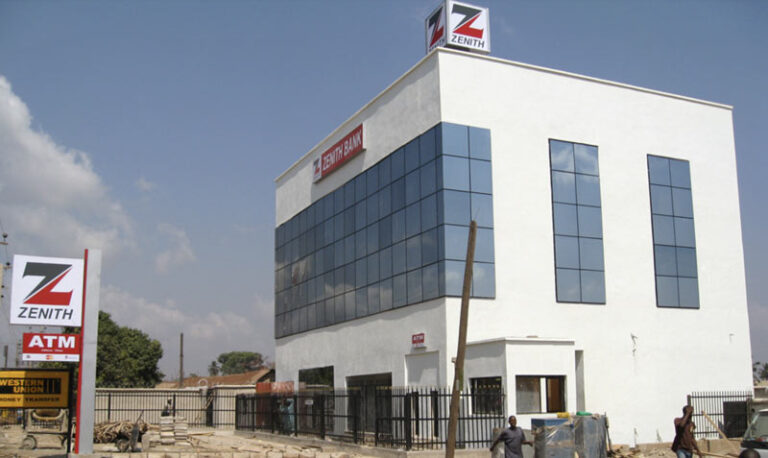In a booming year for Nigeria’s financial sector, nine top banks earned a combined N14.26 trillion in interest income in 2024—more than double the N6.49 trillion recorded the previous year.
The surge in bank earnings comes on the back of the Central Bank of Nigeria’s (CBN) aggressive monetary tightening, which saw the Monetary Policy Rate (MPR) climb to a record 24.75%, with commercial lending rates ranging from 28% to 35%. While the move significantly boosted banks’ revenues, it has also drawn sharp criticism from the real sector for worsening access to credit and straining business operations, particularly for manufacturers and SMEs.
Which Banks Benefited the Most?
Here’s a breakdown of how the major banks performed in interest income growth:
| Bank | Interest Income (₦) | Growth Rate (%) |
|---|---|---|
| Access Holdings | ₦3.11 trillion | 98.69% |
| Zenith Bank | ₦2.72 trillion | 137.74% |
| First HoldCo | ₦2.39 trillion | 155% |
| UBA | ₦2.37 trillion | 120% |
| GTCO | ₦1.32 trillion | 148% |
| Fidelity Bank | ₦803.05 billion | 85.03% |
| FCMB Group | ₦621.81 billion | 75.16% |
| Stanbic IBTC | ₦566 billion | 109% |
| Wema Bank | ₦354.63 billion | 91.03% |
-
First HoldCo recorded the highest percentage increase (155%).
-
Zenith Bank generated the largest absolute increase in interest income (₦1.58 trillion), followed by Access Holdings (₦1.54 trillion).
High Profits vs Economic Strain
While banks enjoyed an earnings boom, manufacturers and small businesses bore the brunt of higher interest rates. Reports show they spent a staggering ₦1.3 trillion on loan interest alone in 2024.
The CBN’s Monetary Policy Committee defends the rate hikes as essential for combating inflation, which surged to 34.80% in December 2024, up from 28.92% the previous year.
However, stakeholders in the real economy argue that these measures have stifled business growth, limited credit accessibility, and exacerbated financial stress on productive sectors.

